Sydney residents powerless to stop neighbour’s reno ‘due to private certifiers’
Without warning, Laura and Dale became neighbours to a building site. Despite their objections, they were powerless to stop it.

News
Don't miss out on the headlines from News. Followed categories will be added to My News.
There’s a saying that “all is fair in love and war”. Perhaps the third pillar should be real estate.
Residents in Sydney’s inner west, Laura and Dale, have spent dozens of hours and thousands of dollars trying to ensure their neighbour’s development doesn’t encroach on the liveability of their property.
However, due to NSW’s property law and the use of private certifiers that cut through red tape, they feel powerless to protect their home.
“We spent $3000 at the lawyer just to be told there’s nothing that can be done,” Dale told news.com.au.
His wife Laura said the process seemed futile and had left them feeling disrespected.
“I still think there has to be protection for the people who are already living there,” Laura said.
Issue of the boundary fence
One major issue the pair have is the fact their neighbour has built the garage almost flush to the boundary fence shared between the two properties.
This means that in order for their neighbour to finish rendering the wall, they may need to remove the boundary fence and conduct the work from Dale and Laura’s side of the home.
Under NSW guidelines, the minimum side setback for development is 900mm, with few exemptions, and the space between a fence and wall only increasing by the size of the land.
Have a similar story? Continue the conversation | jessica.wang@news.com.au
Stream more property news live & on demand with Flash. 25+ news channels in 1 place. New to Flash? Try 1 month free. Offer ends 31 October, 2022 >
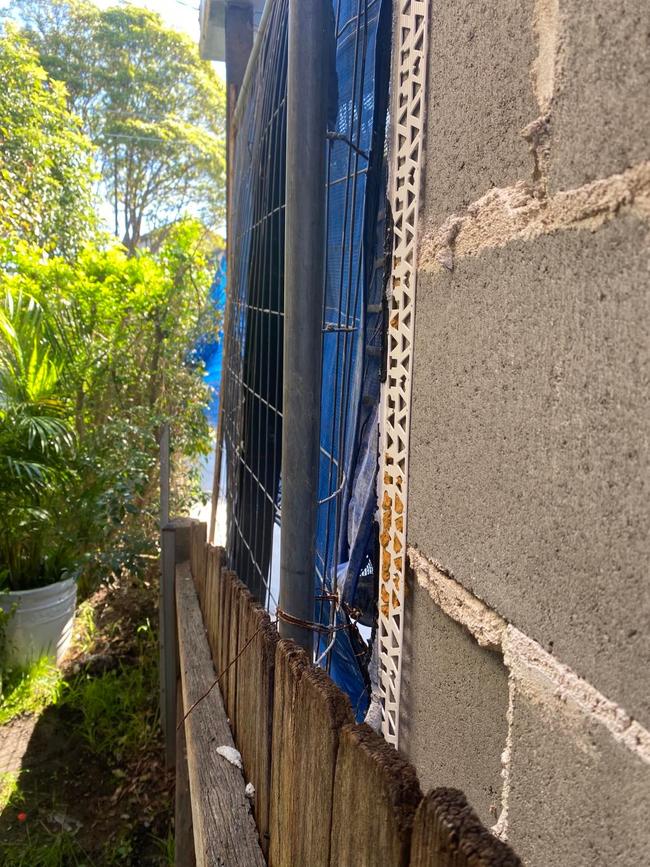
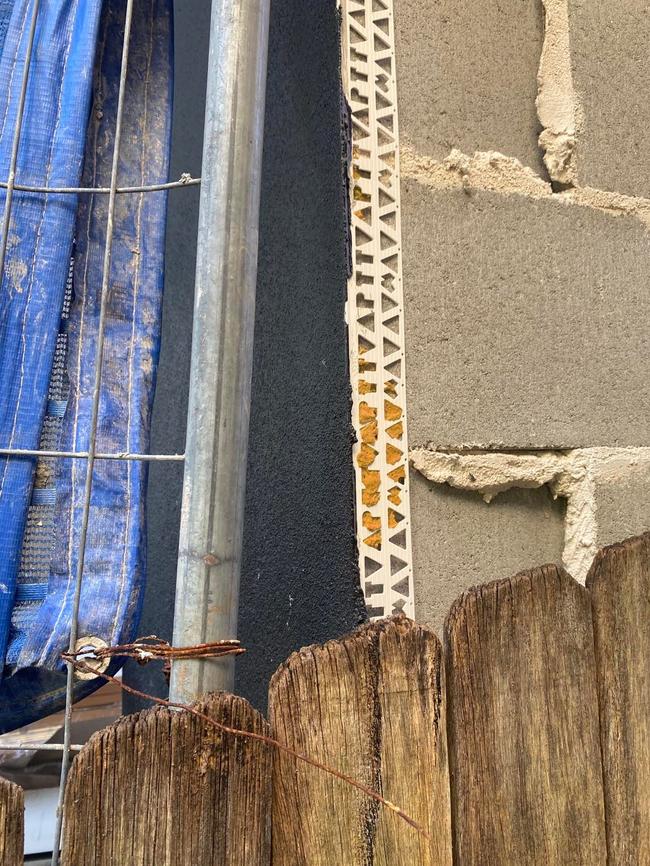
News.com.au has approached the owners of the neighbouring property and the allegations made by Laura and Dale, however they have declined to comment.
The couple have also encountered problems in which their prized city skyline has been dominated by their new neighbour’s build. This also means their home no longer receives the morning sunshine it once did.
“We now have a backyard that used to enjoy fantastic sunshine and is now just in shadow until 11am or more,” Dale said.
“That really is a big thing. It was nice and warm in winter and now we’ve lost all of that.”
While Laura and Dale are unable to quantify the effect the changes have made to their home’s value, Dale admits it “clearly has an impact”.
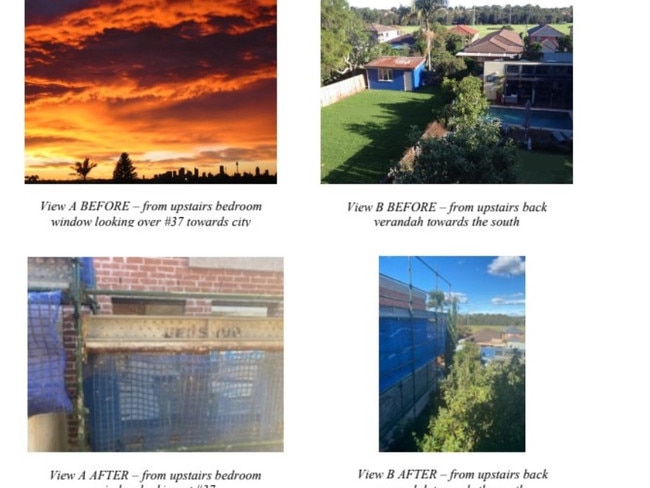
‘Told nothing can be done’
Central to Laura and Dale’s frustrations is that they weren’t consulted prior to their neighbour’s construction beginning, and now appear powerless to advocate for themselves.
Because their neighbours used a private certifier, they didn’t require council approval or prior consultation with neighbours prior to their build.
In NSW, residents looking to rebuild can use a private certifier to help ensure their development meets building regulations, compliance and council code.
Introduced in NSW in 1998 under the Labor government led by Premier Bob Carr, private certifiers can speed through planning and regulation delays, as their approval transcends the jurisdiction of local councils.
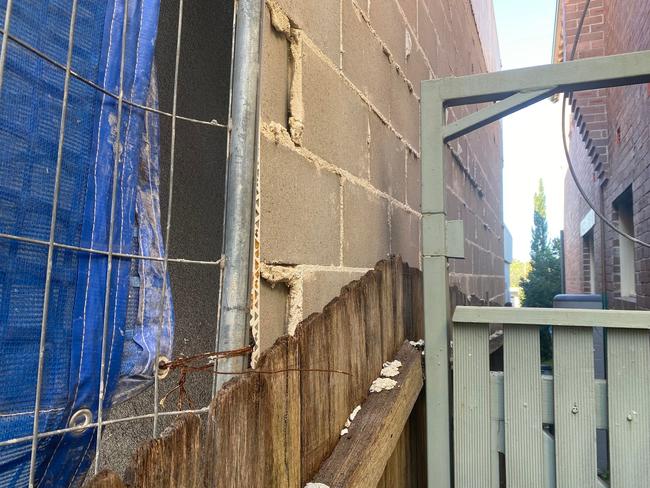
Although they can help fast-track a complying development certificate (CDC), which covers more straightforward developments, only councils can grant consent for development applications (DA). This includes heritage-listed homes or three-storey houses.
Instead, they were given a 10-day notice before their neighbour commenced building in April 2020. Prior to that, they were unaware of their neighbour’s plans.
Since then, Dale estimates they’ve spent dozens of hours composing letters to the private contractors and engaging the costly services of lawyers and a building consultant.
“You feel like you have to do that. If you didn’t do it then you wouldn’t know that there’s nothing you can do,” Dale said.
“You need someone who understands the law.”
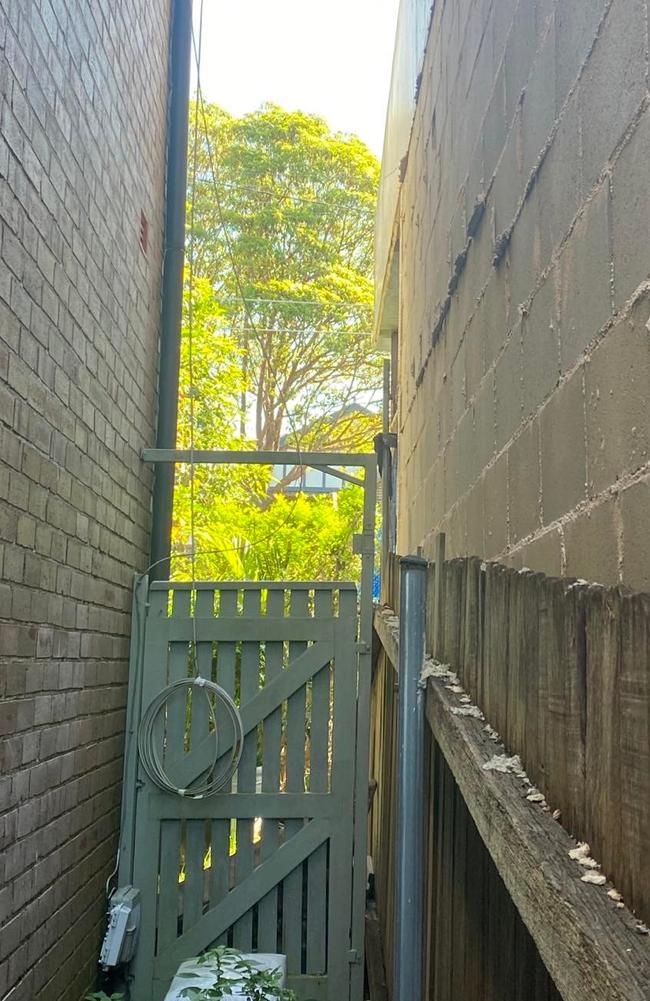
In documents seen by news.com.au, Dale and Laura also made attempts to contact their neighbour’s private certifiers. However, these went unanswered.
“I then asked the receiving officer to please acknowledge receipt of this and they would write back and say, ‘Yes, we do acknowledge receipt of it,’ but I didn’t hear anything else.
“So I knew it wasn’t going to a black hole, or somebody’s junk mail or trash.”
The whole experience has led Laura and Dale to reconsider their suburb and beloved home of more than 20 years.
“It’s a much bigger issue that goes beyond the boundary fence,” Laura said.
“It goes deeper to what Australia is about and the idea of community, neighbourliness and respecting other people.
“This whole planning process, or lack thereof, throws that out the window.”
Originally published as Sydney residents powerless to stop neighbour’s reno ‘due to private certifiers’





